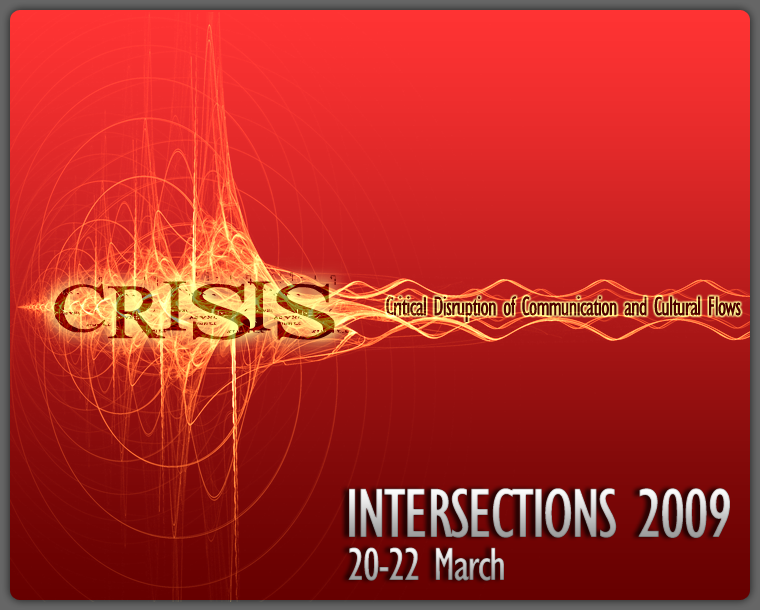Time's Arrow as Postmodern Apocalypse: Temporal Ruptures, Perpetual Crisis and the Cultural Imagination
DOI:
https://doi.org/10.25071/1718-4657.36720Abstract
Martin Amis’s 1991 novel Time’s Arrow narrativizes two major breaks: a split of consciousness that separates the narrator and protagonist who occupy the same body, and a split in temporality that confuses past and future, so that the narrator attempts to understand the protagonist’s life in reverse.1 These schisms within the narrative parallel and invoke two major historical ruptures of the twentieth century: the Holocaust that happened, and the nuclear holocaust that looked likely to occur. Time’s Arrow, set within this historical framework,suggests these holocausts jointly destabilized the directionality and flow of time, trapping the post-World War Two generations in a perpetual postmodern apocalyptic condition. Following Fredric Jameson, I understand “postmodern” as a “periodizing concept” (3), referring to the cultural logic underlying late modern socioeconomic formations and the expression of that logic in the aesthetic realm. Jameson’s analysis of late modern society’s pathological relationship with time and history is particularly relevant to Time’s Arrow. The novel is postmodern in its literary style, with its destabilized first-person narrative voice and refusal of conventional linear time, but style here expresses a deeper cultural crisis, including the parallel loss of “a sense of history” and of “the sense of a viable future” (Hollinger 166-167). In the ever-present shadow of two catastrophic crises—one lurking behind and one looming ahead—the narrative points to massive devastation in either direction, undermining, but not negating, the conceivability of a (better) future. Amis’s novel most powerfully illustrates the continuity between the ‘greatest’ crises ofthe twentieth century by portraying apocalypse and rupture as perpetual phenomena, and evoking the difficulty of imagining beyond them.Published
2009-03-22
How to Cite
Wiebe Taylor, L. (2009). Time’s Arrow as Postmodern Apocalypse: Temporal Ruptures, Perpetual Crisis and the Cultural Imagination. ETopia. https://doi.org/10.25071/1718-4657.36720
Issue
Section
Articles

